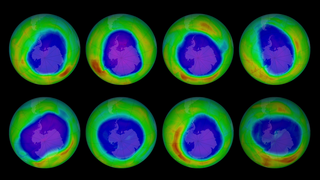Earth
ID: 11844
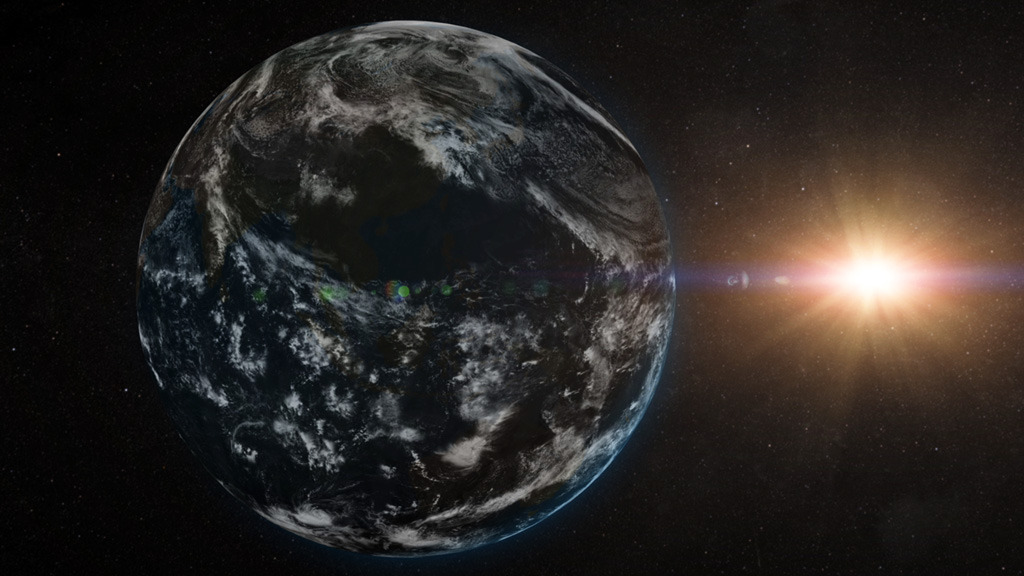
Good news: The next three decades will see an end to the era of big ozone holes. NASA scientists report in a new study that the Antarctic ozone hole will be consistently smaller than 8 million square miles by the year 2040. Man-made chemicals in the atmosphere cause a hole to form in the ozone layer over Antarctica each year. Although emissions of these chemicals have been declining in recent years thanks to the 1989 Montreal Protocol, which bans the production of ozone-depleting substances, max ozone hole sizes have remained larger than 8 million square miles since the early 1990s. Using data collected by NASA’s Aura satellite, scientists were able to determine how chemical levels in the ozone hole varied each year, and predict how hole sizes would change in the future. Watch the video to learn more.
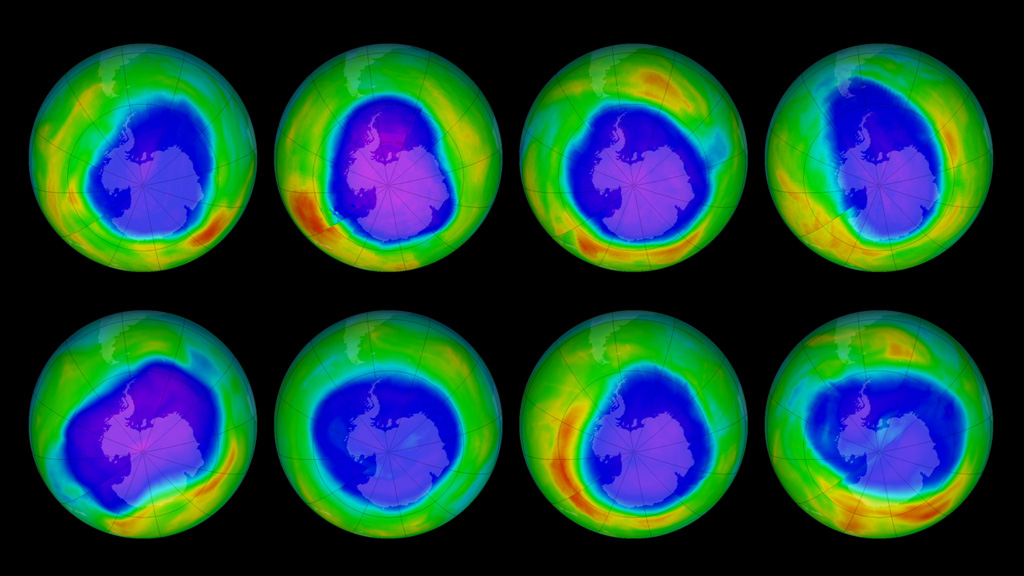
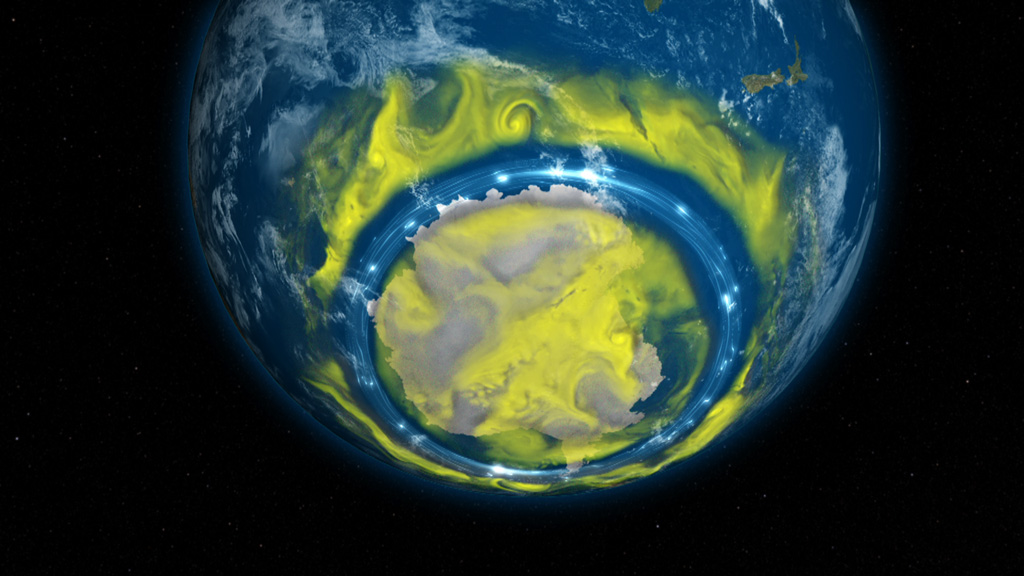
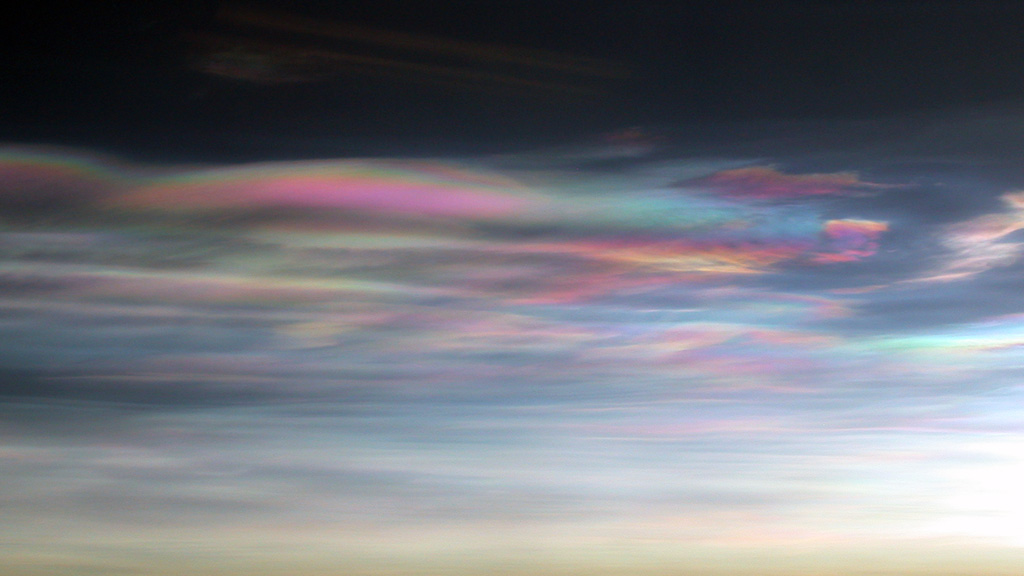
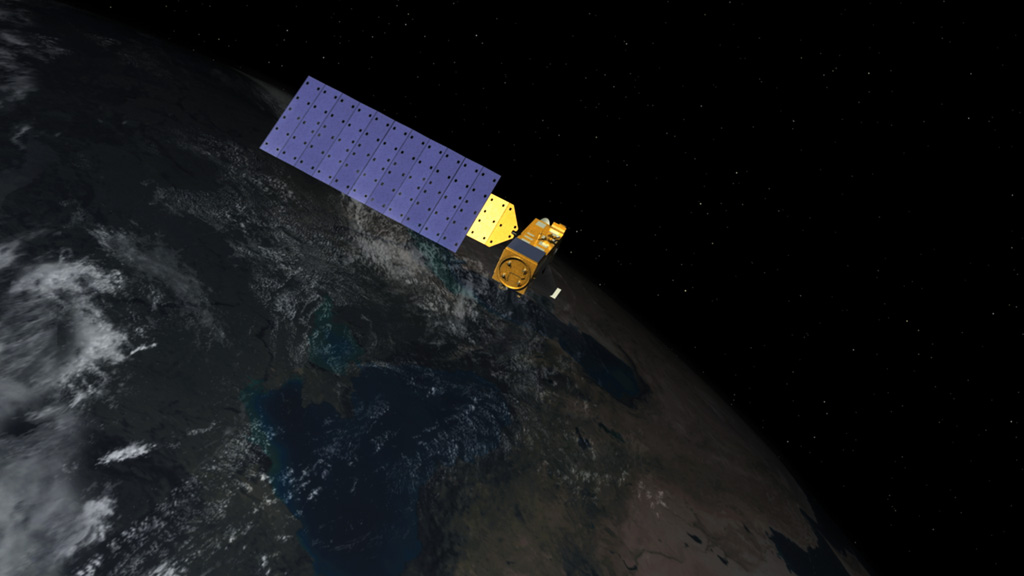
Big Ozone Holes Going Extinct





Related Story
Story Credits
Lead Visualizer/Animator:
Walt Feimer (HTSI)
Visualizers/Animators:
Vuk Nikolic (Freelance)
Brian Monroe (USRA)
Producers:
Joy Ng (USRA)
Kayvon Sharghi (USRA)
Scientist:
Susan Strahan (USRA)
Lead Writer:
Joy Ng (USRA)
Walt Feimer (HTSI)
Visualizers/Animators:
Vuk Nikolic (Freelance)
Brian Monroe (USRA)
Producers:
Joy Ng (USRA)
Kayvon Sharghi (USRA)
Scientist:
Susan Strahan (USRA)
Lead Writer:
Joy Ng (USRA)
Please give credit for this item to:
NASA's Goddard Space Flight Center
NASA's Goddard Space Flight Center
Short URL to share this page:
https://svs.gsfc.nasa.gov/11844
Keywords:
SVS >> App
NASA Science >> Earth
https://svs.gsfc.nasa.gov/11844
Keywords:
SVS >> App
NASA Science >> Earth
